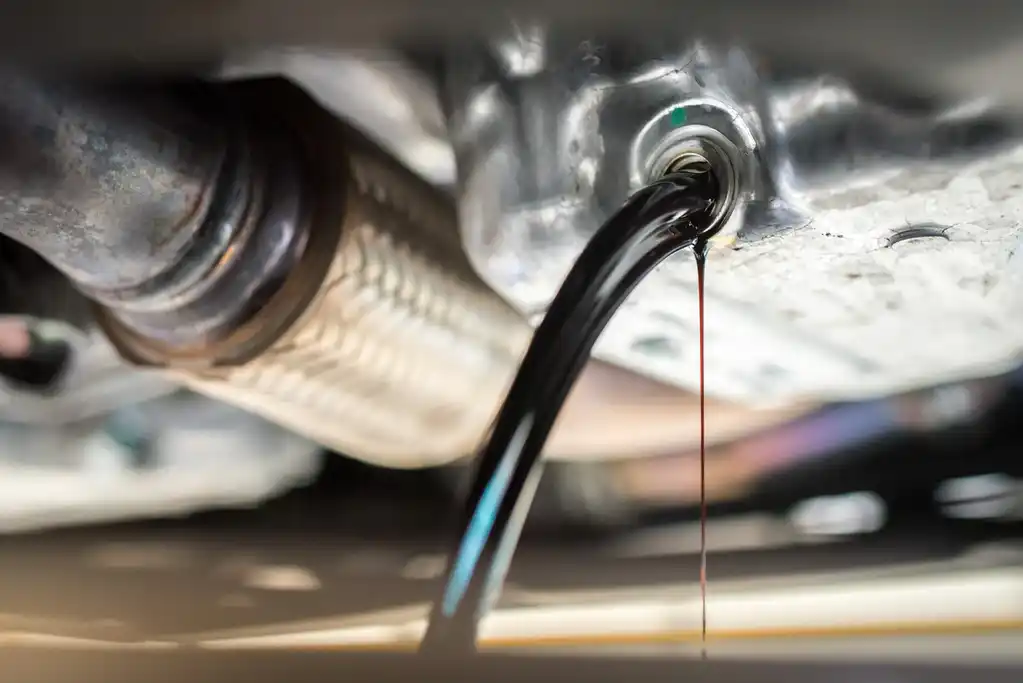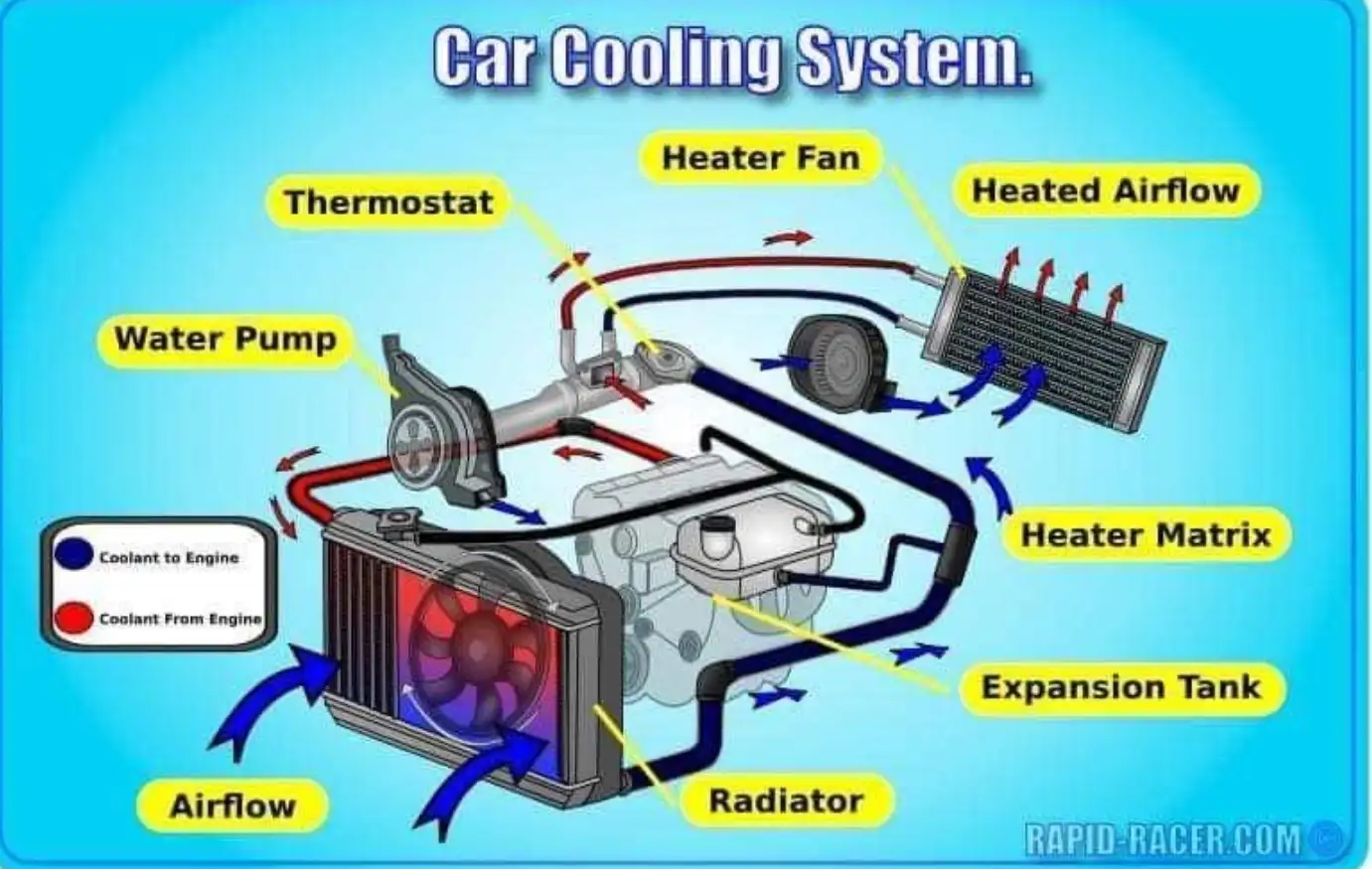The oil cooler S-Type R Jaguar cooling system diagram is essential for understanding how the oil cooler functions within the vehicle’s cooling system. As a vital component, the oil cooler prevents engine oil from overheating by dissipating excess heat, ensuring optimal engine performance and longevity. By referring to the cooling system diagram, drivers and mechanics can better visualize how the oil cooler integrates with other cooling components, such as the radiator, water pump, and thermostat. This knowledge helps in early detection of issues like oil leaks, blockages, or reduced cooling efficiency. The oil cooler plays a key role in maintaining proper lubrication, reducing friction, and preventing sludge buildup, especially in high-performance driving conditions. A well-maintained oil cooler enhances engine reliability, making it crucial for smooth vehicle operation. This article will explore its role, integration within the Jaguar S-Type R cooling system, common issues, and essential maintenance tips.
Understanding the Oil Cooler in Jaguar S-Type R
The Jaguar S-Type R is equipped with a supercharged 4.2L V8 engine, requiring an efficient cooling system to prevent overheating. The oil cooler is a crucial component that helps regulate engine oil temperature, ensuring that the oil remains within the optimal range for lubrication and performance.
Function of the Oil Cooler
The oil cooler in the Jaguar S-Type R serves the following purposes:
- Temperature Regulation: Keeps engine oil from overheating by dissipating excess heat.
- Improved Lubrication: Ensures oil maintains its viscosity, reducing friction between engine parts.
- Extended Engine Life: Prevents premature wear and tear by maintaining proper oil temperature.
- Prevents Oil Breakdown: Avoids oil degradation caused by excessive heat, which can lead to sludge buildup.
Components of the Jaguar S-Type R Cooling System
The cooling system of the S-Type R is composed of several interconnected parts. Here’s an overview of the key components:
1. Radiator

The radiator is responsible for cooling the coolant before it circulates back into the engine. It is assisted by cooling fans to maintain temperature stability.
2. Engine Oil Cooler
This separate heat exchanger is designed to cool the engine oil by allowing heat to dissipate through airflow or coolant circulation.
3. Water Pump
The water pump ensures proper coolant circulation throughout the cooling system, preventing hotspots.
4. Thermostat
A thermostatic valve regulates coolant flow based on engine temperature, ensuring the engine warms up quickly and prevents overheating.
5. Oil Filter Housing
Many modern oil coolers are integrated into the oil filter housing, allowing for efficient heat exchange between the engine oil and coolant.
6. Hoses and Pipes
The cooling system consists of several rubber and metal hoses that transport coolant between the radiator, engine block, and oil cooler.
How the Oil Cooler Works in the Jaguar S-Type R
The Jaguar S-Type R oil cooler works by circulating engine oil through a heat exchanger that is cooled by either air or coolant. This process ensures that the oil does not exceed safe operating temperatures, preventing engine damage.
Step-by-Step Oil Cooling Process:
- Engine Oil Circulation: Hot engine oil flows from the engine block to the oil cooler.
- Heat Exchange: The oil cooler transfers heat from the oil to the surrounding air or coolant.
- Cooled Oil Returns: Once cooled, the oil flows back into the engine for lubrication and protection.
Jaguar S-Type R Cooling System Diagram
A cooling system diagram provides a clear view of how the oil cooler integrates with the rest of the system. The following elements are typically included in a Jaguar S-Type R cooling system diagram:
- Engine Block: Heat source where oil gets hot.
- Oil Cooler: Cools down the engine oil before recirculating it.
- Radiator: Cools the engine coolant.
- Water Pump: Circulates coolant through the system.
- Thermostat: Regulates coolant flow.
- Cooling Fans: Enhance airflow over the radiator.
- Coolant Hoses: Transport coolant between components.
Common Problems with the Oil Cooler in the S-Type R
While the oil cooler is built for durability, several issues can arise over time, affecting engine performance.
Oil Cooler Leaks
Symptoms:
- Oil spots under the car
- Low oil levels
- Overheating engine

Causes:
- Corroded oil cooler
- Cracked or loose hoses
- Faulty seals or gaskets
Blocked or Clogged Oil Cooler
Symptoms:
- High engine temperature
- Reduced engine performance
- Dirty or contaminated oil
Causes:
- Sludge or debris buildup
- Old oil with contaminants
- Poor maintenance
Coolant Contamination in Oil
Symptoms:
- Milky oil texture
- White smoke from exhaust
- Overheating engine
Causes:
- Internal oil cooler failure
- Leaks between coolant and oil passage
- Faulty head gasket
Oil Pressure Issues
Symptoms:
- Low oil pressure warning light
- Unusual engine noises
- Poor engine performance
Causes:
- Clogged cooler
- Faulty oil pump
- Blocked oil passages
Maintenance and Troubleshooting of Oil Cooler in S-Type R
Regular maintenance can prevent costly repairs and ensure the cooling system operates efficiently.
Routine Maintenance
- Check Oil Levels: Ensure proper lubrication and cooling.
- Inspect for Leaks: Look for signs of oil or coolant leaks around the oil cooler.
- Flush Cooling System: Remove any sludge or contaminants.
- Replace Coolant and Oil Regularly: Use manufacturer-recommended fluids.
- Clean or Replace Oil Cooler: If clogged, clean it or replace it if necessary.
Troubleshooting Steps
- Overheating Issue? Check coolant levels, thermostat, and radiator.
- Oil in Coolant? Inspect the oil cooler for internal leaks.
- Low Oil Pressure? Examine the oil pump and cooler for blockages.
- Strange Engine Noises? Check for poor lubrication due to an inefficient oil cooler.
How to Replace the Oil Cooler in Jaguar S-Type R
If the oil cooler fails, replacing it is necessary to prevent engine damage.
Tools Needed:
- Socket wrench set
- Oil drain pan
- Replacement oil cooler
- Fresh engine oil
- New gaskets and seals
- Coolant
Step-by-Step Guide:

- Drain Engine Oil: Remove the old oil to prevent spills.
- Locate the Oil Cooler: Usually mounted near the radiator or oil filter housing.
- Disconnect Hoses: Carefully remove oil and coolant lines.
- Remove the Old Oil Cooler: Unscrew the mounting bolts.
- Install New Oil Cooler: Secure it with new gaskets.
- Reconnect Hoses and Refill Fluids: Tighten all connections and refill with fresh oil and coolant.
- Check for Leaks: Start the engine and inspect for any leaks.
Best Oil Coolers for Jaguar S-Type R
When replacing the oil cooler, it’s important to choose a high-quality replacement. Some recommended brands include:
- Mishimoto (Performance oil coolers)
- Jaguar OEM Replacement Parts
- Setrab (High-performance cooling solutions)
- Derale (Efficient heat exchangers)
Selecting the right oil cooler ensures efficient engine cooling and longevity.





